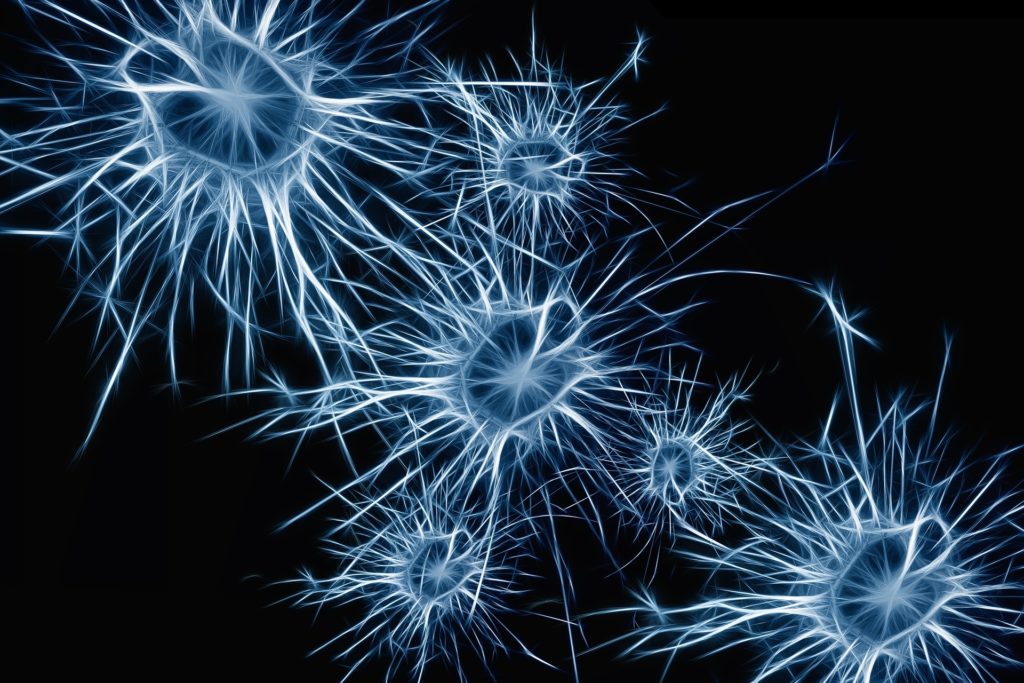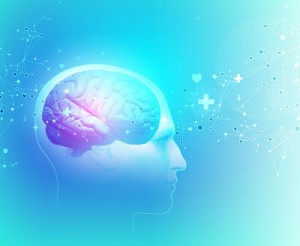- Calls to this hotline are currently being directed to Within Health, Fay or Eating Disorder Solutions
- Representatives are standing by 24/7 to help answer your questions
- All calls are confidential and HIPAA compliant
- There is no obligation or cost to call
- Eating Disorder Hope does not receive any commissions or fees dependent upon which provider you select
- Additional treatment providers are located on our directory or samhsa.gov
Practical Neurobiology for Clinicians: Eating Disorder Diagnoses & Neurology – Part II

The job that this DSM-5 provides is to help answer the question of whether or not an individual meets the criterion and may have an eating disorder. However, there is a large grey area.
For example, an individual may have relatively low weight without an eating disorder, as there can be other explanations for this. Research Domain Criteria may be helpful in this grey area.
Research domain criteria have been around for approximately eight or nine years and conceptualizes mental illnesses as brain disorders with pathology that affects the brain circuits.
I believe this is the future of diagnosis, not only through my own work but through what I have seen regarding grants and funding, which are basically impossible to get unless the grant request mentions mental illness as brain disorders with ecology affecting brain circuits.
Essentially, the field is making it a requirement to understand this mechanism and how these illnesses can be understood and treated accordingly. The hope is that science takes some time over the next 20 to 30 years to understand the brain and to generate and use technology that helps do that.
The idea of research being domain criteria is that you have a brain which is made up of different circuits and these circuits can control things like how you respond to reward, how impulsive you are, how strong your emotions are, and how you express them.
I won’t go into too much depth, but, obviously, change in these circuits would result in a change in behavior and processing. As such, you could target certain treatments with this in mind, hoping to see changes over time.
The problem in looking at the brain is that, as a complex organ, it is hard to get to it. People don’t like you messing around with their brains, rooting around in there or taking samples tends not to be very well-received.
Brain Analyzing Tools
So, one thing you can look at is an electrical organ using EEG’s.
For example, if someone participates in a sleep study or has undergone tests for epilepsy or seizures, you learn that electrical pulses release certain chemicals to help not only the brain but other neurons and the nervous system, work.
We can also work to understand the genetics of reward, anxiety, set-shifting, emotional expression. Functional neuroimaging can also be useful.
Previously, we would look only at the size or areas of the brain, and that can be telling. For example, if someone has sociopathy, it has been proven again and again that the amygdala will be smaller than the average.
However, the idea of functional neuroimaging is that it looks at the brain through either a PET scan or functional MRI. A PET scan looks at little radioisotopes that look at chemicals and receptors in the brain and tries to see how it interacts with functioning.
For example, in bulimia, there seems to be a higher proportion and a change in dopamine receptors in the part of the brain focused on reward than in controls, and they are certainly much more significant than those that experience restricting anorexia.
This can help make inferences about how that person perceives reward and how that may make them more likely to either binge or purge.
A Functional MRI, which is what we do in my job at the Brain Institute, is a way to look at tissue in more high definition than in CT or X-Rays.
This uses magnets, which means there’s no radiation or risk of cancer, and these magnets look at the tissues and can also see where blood cells are dropping off oxygen. Anyone that has had to survive biochemistry or physiology knows that you’ve got the KERBs cycle that puts out ATP, which all of our cells do.
From this, when someone is doing something, the MRI can look at where oxygen is being dropped off during that time, is it being dropped off in the part of the brain that controls this or that? Then, you can try to see if this is done differently when someone has an illness.
An example might be, if you have someone with Avoidant Restricting Anorexia in a scanner and you give them a card game where they’re going to win a bunch of money, you can see them versus controls versus individuals with Bulimia and compare how they deal with reward, or, more importantly, how they deal with punishment.
So, with the Functional MRI, you actually have them do something and see how their brain responds.
Neural Proteins
 Proteins determine much of what our cells do and how our body works. There is a set of about 50 to 60 of them that can get from peripheral blood, so, you don’t have to get central nervous system fluid to look at them.
Proteins determine much of what our cells do and how our body works. There is a set of about 50 to 60 of them that can get from peripheral blood, so, you don’t have to get central nervous system fluid to look at them.
You can look at the fingerprint of these neuropeptides to glean information. For example, they can be used as a test for schizophrenia because they will indicate positively before an individual even has their first psychotic break.
This is just another biosignature that can be helpful in gaining information on the behavior and the mind and body.
Please See
Practical Neurobiology for Clinicians: Eating Disorder Diagnoses & Neurology – Part I
Source:
Virtual Presentation by Scott E. Moseman, M.D., CEDS in the December 8, 2018, Eating Disorder Hope Virtual Conference III: Blasting Through Bias: A Deep Dive into Underserved Populations and Global Issues 2018
Author:
 Scott E. Moseman, M.D., CEDS, has worked with the Laureate Eating Disorders Program since completing his child psychiatry training in 2004, and he currently serves as medical director of the program. He is a board-certified child and adolescent psychiatrist who received his fellowship training at Western Psychiatric Institute and Clinic in Pittsburg, Pennsylvania, where he served as chief fellow.
Scott E. Moseman, M.D., CEDS, has worked with the Laureate Eating Disorders Program since completing his child psychiatry training in 2004, and he currently serves as medical director of the program. He is a board-certified child and adolescent psychiatrist who received his fellowship training at Western Psychiatric Institute and Clinic in Pittsburg, Pennsylvania, where he served as chief fellow.
Dr. Moseman received his medical training from Texas A&M Health Science Center and completed his adult psychiatric training at the University of Arizona. He has spoken throughout the country on topics related to child psychiatry, and he has specific interests in eating, mood and anxiety disorders. Currently, Dr. Moseman is collaborating with Kyle Simmons, Ph.D., at the Laureate Institute for Brain Research to study neural circuits associated with eating disorders using the facility’s state-of-the-art fMRI.
Dr. Moseman has sat on the board for the American Academy of Child and Adolescent Psychiatry as well as co-chaired the special interest group on child and adolescent care for the Academy for Eating Disorders. He currently sits on the board for the Oklahoma Eating Disorders Association.
Editor: Margot Rittenhouse, MS, NCC, PLPC. Learn More About Dr. Scott E. Moseman
 About the Transcript Editor: Margot Rittenhouse, MS, NCC, PLPC is a therapist who is passionate about providing mental health support to all in need and has worked with clients with substance abuse issues, eating disorders, domestic violence victims, and offenders, and severely mentally ill youth.
About the Transcript Editor: Margot Rittenhouse, MS, NCC, PLPC is a therapist who is passionate about providing mental health support to all in need and has worked with clients with substance abuse issues, eating disorders, domestic violence victims, and offenders, and severely mentally ill youth.
As a freelance writer for Eating Disorder and Addiction Hope and a mentor with MentorConnect, Margot is a passionate eating disorder advocate, committed to de-stigmatizing these illnesses while showing support for those struggling through mentoring, writing, and volunteering. Margot has a Master’s of Science in Clinical Mental Health Counseling from Johns Hopkins University.
The opinions and views of our guest contributors are shared to provide a broad perspective of eating disorders. These are not necessarily the views of Eating Disorder Hope, but an effort to offer a discussion of various issues by different concerned individuals.
We at Eating Disorder Hope understand that eating disorders result from a combination of environmental and genetic factors. If you or a loved one are suffering from an eating disorder, please know that there is hope for you, and seek immediate professional help.
Published on January 21, 2019.
Reviewed & Approved on January 21, 2019, by Jacquelyn Ekern MS, LPC
Published on EatingDisorderHope.com

The EatingDisorderHope.com editorial team comprises experienced writers, editors, and medical reviewers specializing in eating disorders, treatment, and mental and behavioral health.


